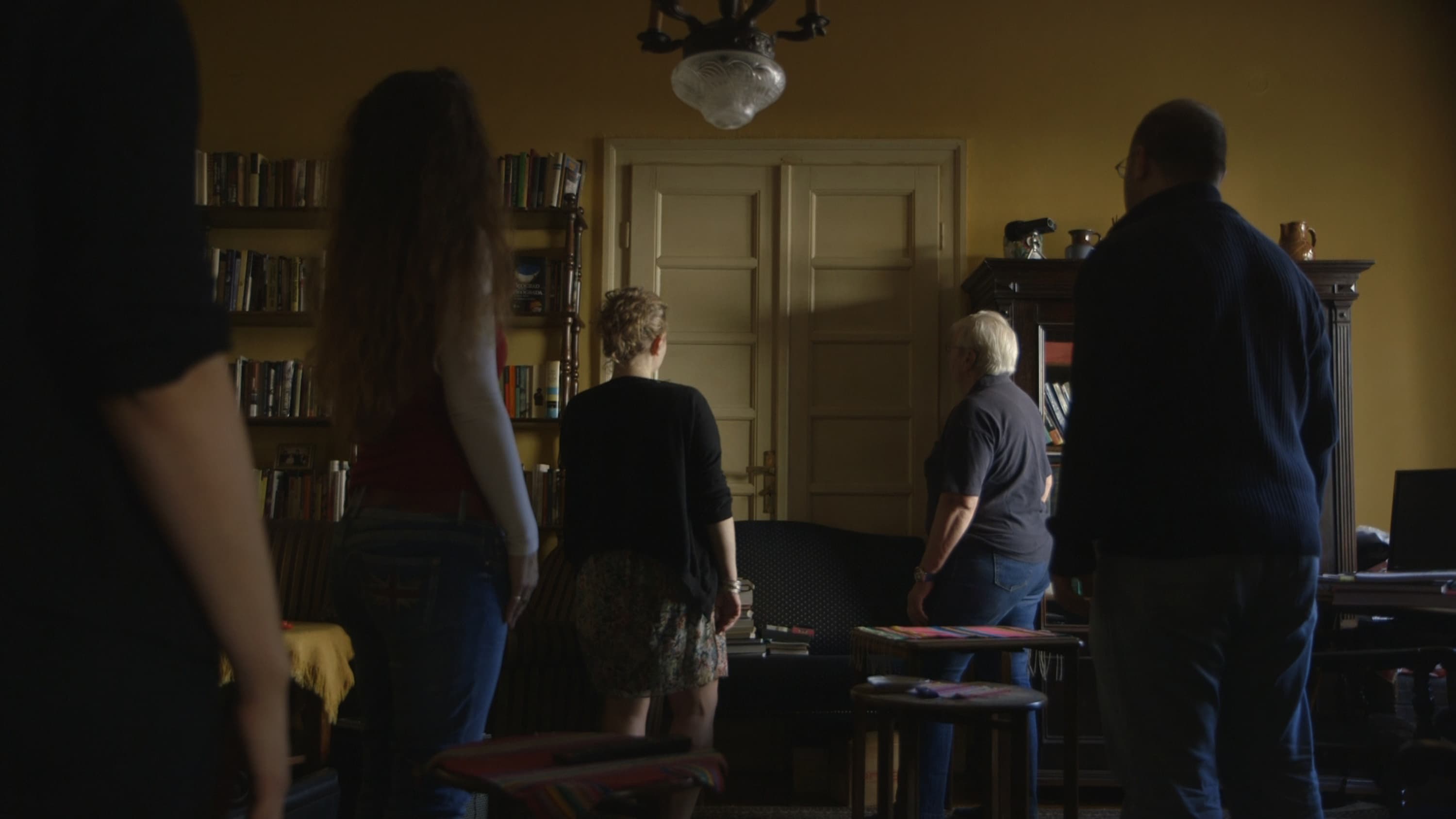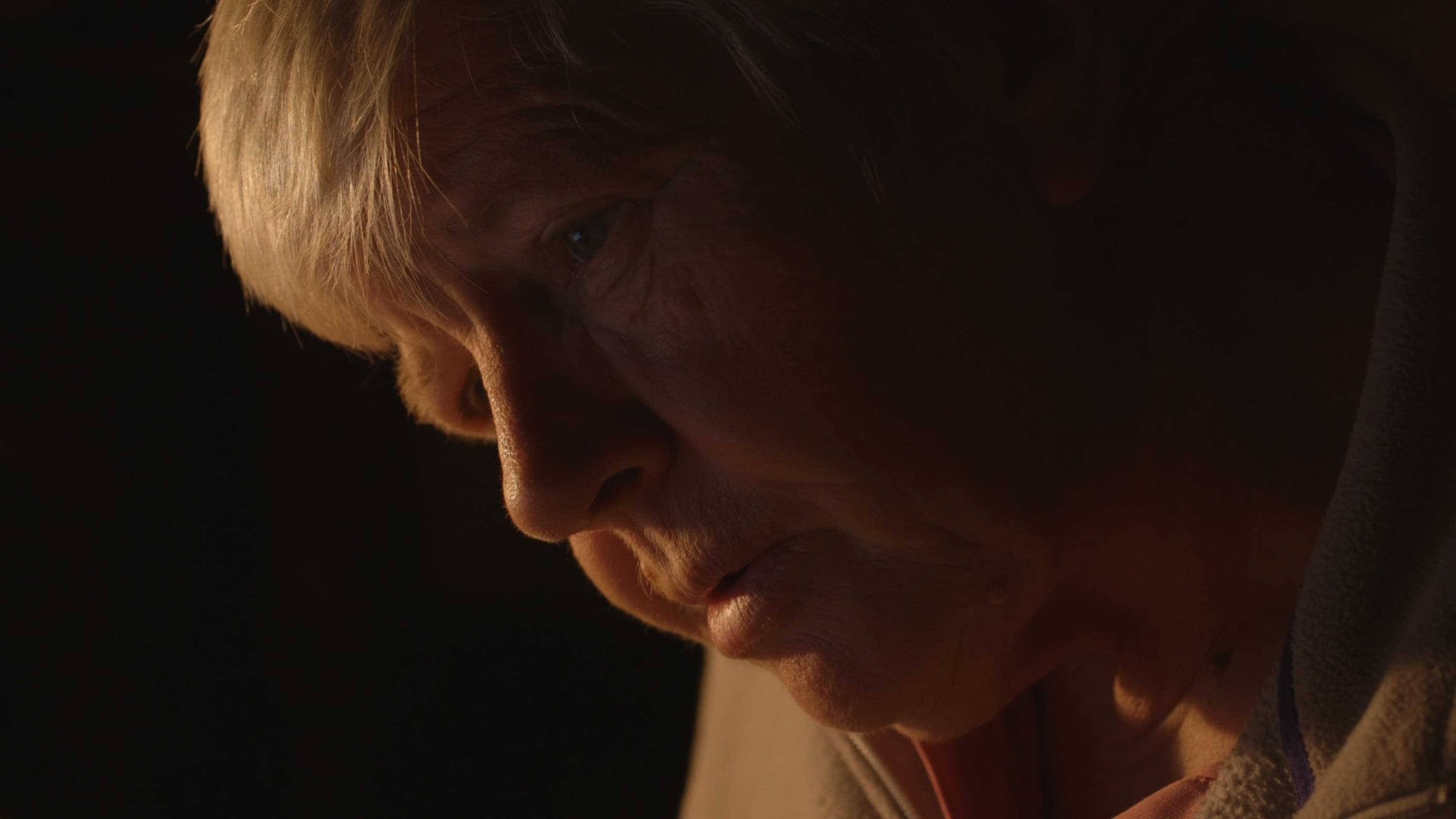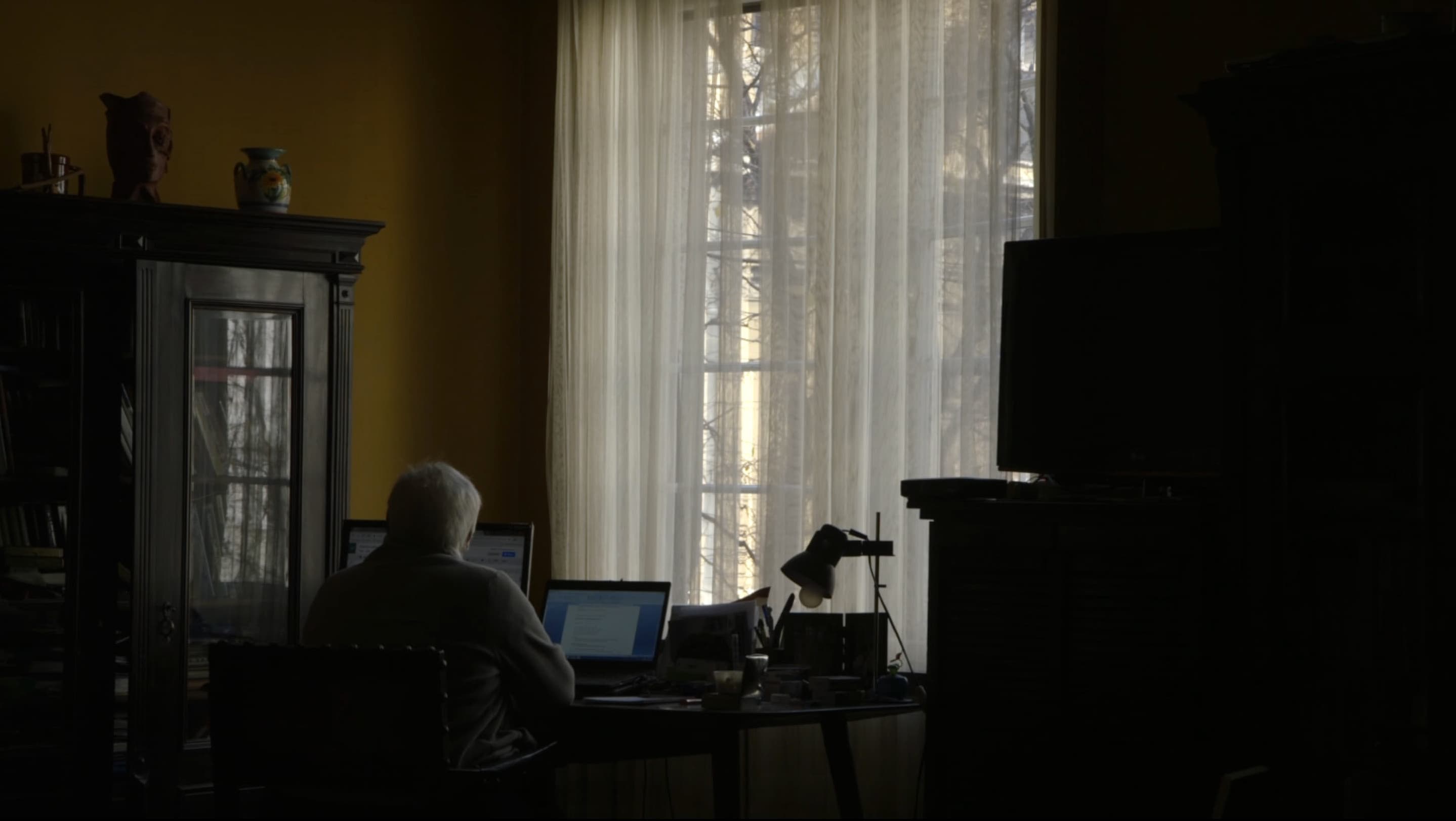
Beyond the Locked Door: The Other Side of Everything
Serbian director Mila Turajlic is a huge fan of big, generation-spanning novels like John Galsworthy’s The Forsyte Saga and Thomas Mann’s Buddenbrooks, which strive to tell the story of an entire society by focusing on a single family. Her original intention with The Other Side of Everything was to explore Yugoslavian and Serbian history through an account of the happenings in a Belgrade apartment. This apartment was where the director’s mother, Srbijanka Turajlic, was born. The apartment had a locked door. The director intended to reveal just what lay beyond that door. In doing so, she would provide insights into what the Balkans endured during the Communist era and the civil war that followed.
“I was in my mid 20s when I realised for the first time that living in an apartment with a locked door in the sitting room is slightly bizarre”, the director says. As she investigated, she learned the story of the other people who moved into the house during the Communist period. Over the decade that she worked on The Other Side of Everything, the director’s focus shifted slightly. Turajlic began to concentrate more and more closely on her dialogue with her mother, an academic who was also an outspoken political activist and freedom fighter, renowned for her stand against Serbian leader Slobodan Milošević. “I don’t think she really understood what was going on. To be honest, it was a bit of a jolt for her when I did a small screening in Belgrade … that was the moment she discovered she was the main character. It was a bit of a surprise for her!”

The Other Side of Everything
Her mother was a master storyteller who always spun colourful yarns about her parents. After the revolution that finally toppled the Milošević regime, she was appointed a junior minister in the new government.
The director admits to a wariness about the Serbian premiere, due to take place in Belgrade later this month. “That’s the one I fear will be the most haunting of the screenings. It will be seen by an audience who has lived this story. Obviously, they’re going to be coming at it from a completely different perspective. Then, there’s the question of what kind of political echo the film will have when it’s shown in Serbia. That’s what we are really uncertain of.”
Serbia remains a divided society. Srbijanka Turajlic has both admirers and detractors. The director’s hope is that audiences, whatever their feelings, will come to the film with an open mind.

The Other Side of Everything
Turajlic comes from a high-achieving family. Her mother is a professor of electrical engineering; her grandparents were prominent academics. Her choice to pursue a career as a filmmaker didn’t win their immediate approval. “Nobody was very happy,” she remembers. “My parents being professors of mathematics come from a binary world – one that is quite exact. When you say you want to go into the arts, it’s disconcerting for them, because I was moving into an area in which they could not advise me or follow me in any way – a world in which there is no objective scale to hold onto.”
Here at IDFA, Turajlic isn’t just presenting her film in competition. She is also pitching her new project, The Labudovic Reels (working title) at the Forum. The new documentary investigates the role of cinema in the liberation movements of the Third World and the birth of the Non-Aligned Movement. “It is going to be quite an intense few days!” the director reflects, on bringing two films to the festival at the same time.